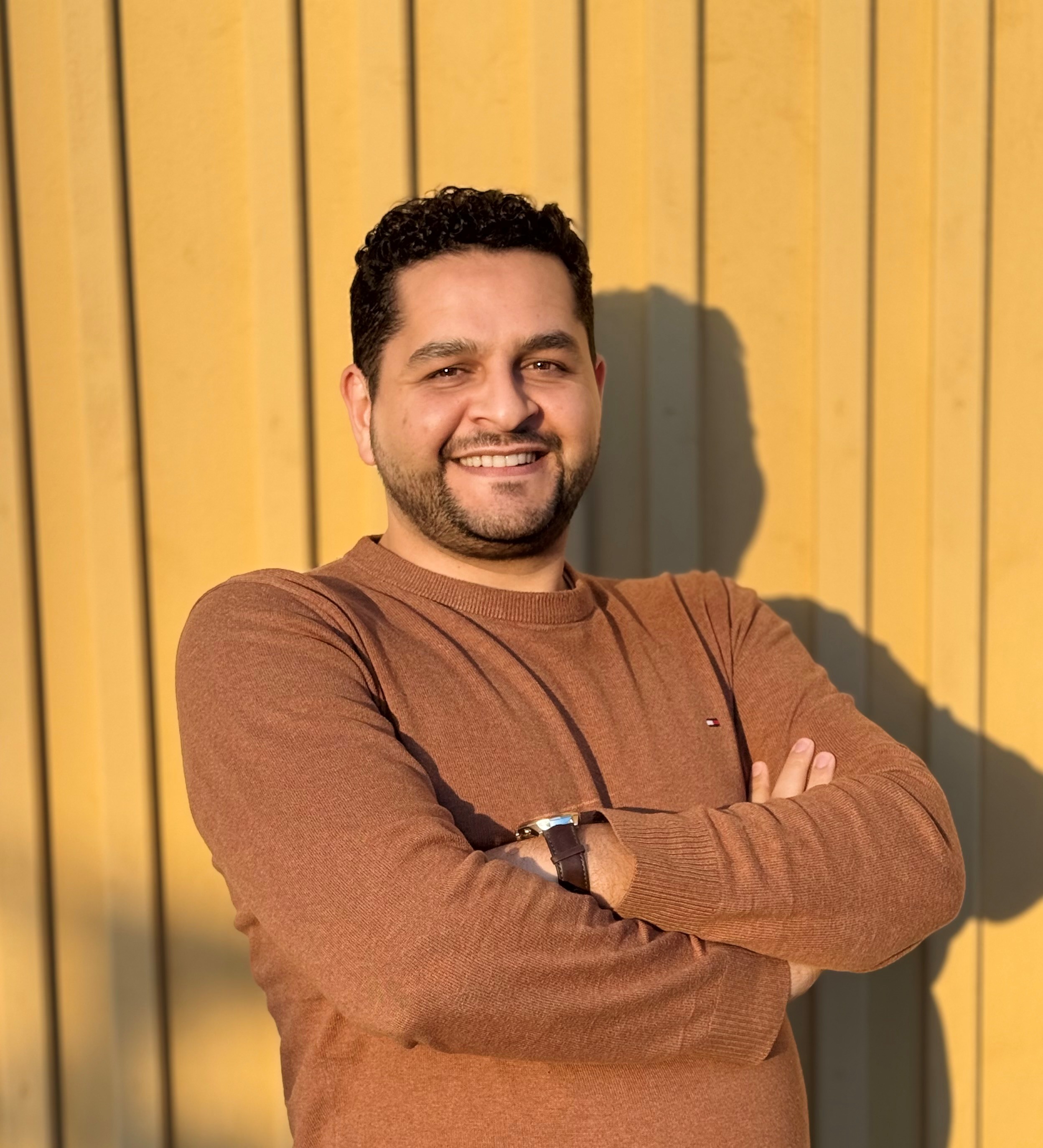 Ariana Tanha and the BiH SuTra team during their study tour in Stockholm. Photo: Ewa Malmsten Nordell.
Ariana Tanha and the BiH SuTra team during their study tour in Stockholm. Photo: Ewa Malmsten Nordell.
 Ariana Tanha and the BiH SuTra team during their study tour in Stockholm. Photo: Ewa Malmsten Nordell.
Ariana Tanha and the BiH SuTra team during their study tour in Stockholm. Photo: Ewa Malmsten Nordell.
On November 12, a capacity building workshop on district heating was held in Banovići, organized by the Sustainable Transition of Bosnia and Herzegovina (BiH SuTra) project. Participants explored practical ways to plan and implement more sustainable district heating solutions in their municipalities and cities.
A highlight of the workshop was the presentation by Ariana Tanha, district heating expert from Ekzel AB, who shared Sweden’s experience in building one of the world’s most advanced and sustainable district heating systems, including the economics of combined heat and power plants.

We had the opportunity to speak with Mr. Tanha and ask him key questions about decarbonization, using waste as an energy resource, and the importance of education and transparency for public trust in new environmental technologies.
1. What does the decarbonization of district heating systems mean, and what benefits does it bring?
Decarbonization of district heating means reducing or eliminating fossil fuel use in the production of heat distributed through district heating networks. In Sweden, this shift involves replacing coal, oil, peat and natural gas with renewable and recycled energy sources such as biofuels, waste heat, industrial surplus heat, biogas and heat pumps.
Benefits include:
However, there are also downsides, for example; the bio-oil, that is used in the reserve and backup boilers inside the heat and power plants, is more expensive than fossil oil.
2. In what ways can waste serve as a resource for district heating? What are the most common misconceptions, and how can they be overcome?
Waste can serve as a valuable energy resource through Waste-to-Energy (WtE) processes, where non-recyclable waste is incinerated to produce heat and electricity. In Sweden, this energy is efficiently fed into district heating networks. Additionally, waste heat from data centers, industries, and wastewater treatment plants can be recovered and reused.
Common misconceptions:
Overcoming misconceptions involves public education, transparent reporting of emissions (which is also regulated by Swedish “self-control law”), and demonstrating the environmental and energy benefits through data and open communication.
3. What are the main advantages of modern Waste-to-Energy (WtE) plants compared to traditional incineration?
Modern WtE plants are highly efficient, clean, and integrated into urban energy systems. Key advantages include:
4. How important are education and transparency when it comes to public acceptance of new environmental technologies?
Education and transparency are critical to building trust and acceptance. When the public understands how technologies work, their environmental impact, and how they contribute to sustainability goals, opposition decreases.
In Sweden, municipalities and energy companies often hold open house events, publish annual environmental reports, and collaborate with schools and universities to increase understanding. Transparency fosters credibility and helps communities feel involved in the transition toward sustainable energy systems.
5. Can you share a successful example from Sweden related to district heating?
A strong example is Stockholm Exergi’s district heating system. It is one of the largest and most advanced in Europe. Its district heating network is 3000 kilometer long and supplies over 90% of Stockholm’s buildings (both public buildings and residents’ homes) with heat.
Key success factors of Stockholm Exergi:
This example illustrates how decarbonized district heating can be both technically feasible and socially accepted, contributing to Sweden’s leadership in sustainable urban energy systems.
Alongside Ariana Tanha, the workshop featured Nihad Harbaš, a district heating expert from nLogic Advisory, who spoke about opportunities for decarbonization and financing of district heating improvement projects, as well as the role of district heating in transition plans, covering both national strategies and local realities. The workshop demonstrated how national strategies can effectively align with local needs, and participants gained inspiration and concrete guidance for implementing sustainable solutions in their communities, building on the lessons from Sweden’s advanced and sustainable systems presented by Mr. Tanha.
Interview with Mr. Ariana Tanha has been featured on several news portals. See the full list below:
Discover the News and Updates section, delivering the latest updates and insightful content across various topics. Stay informed with most recent news articles, reports, and publications, of the BiH SuTra project.